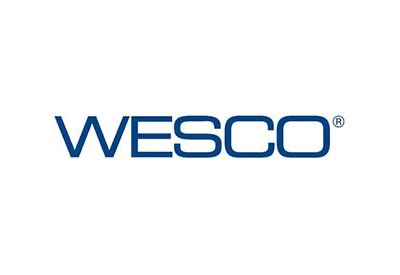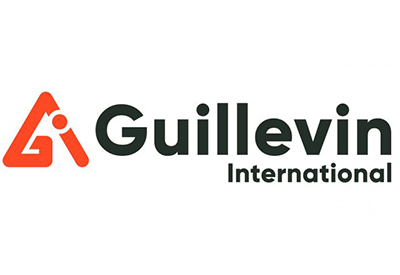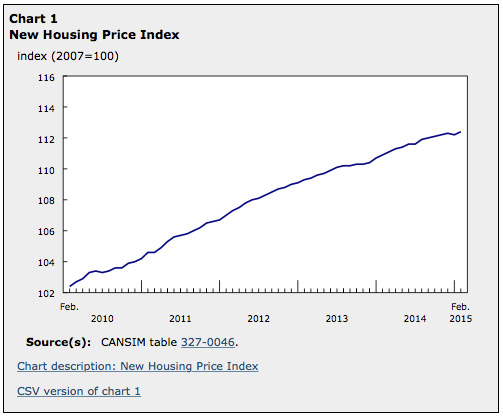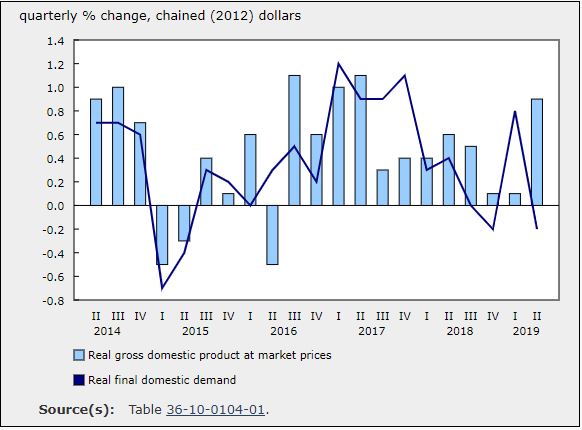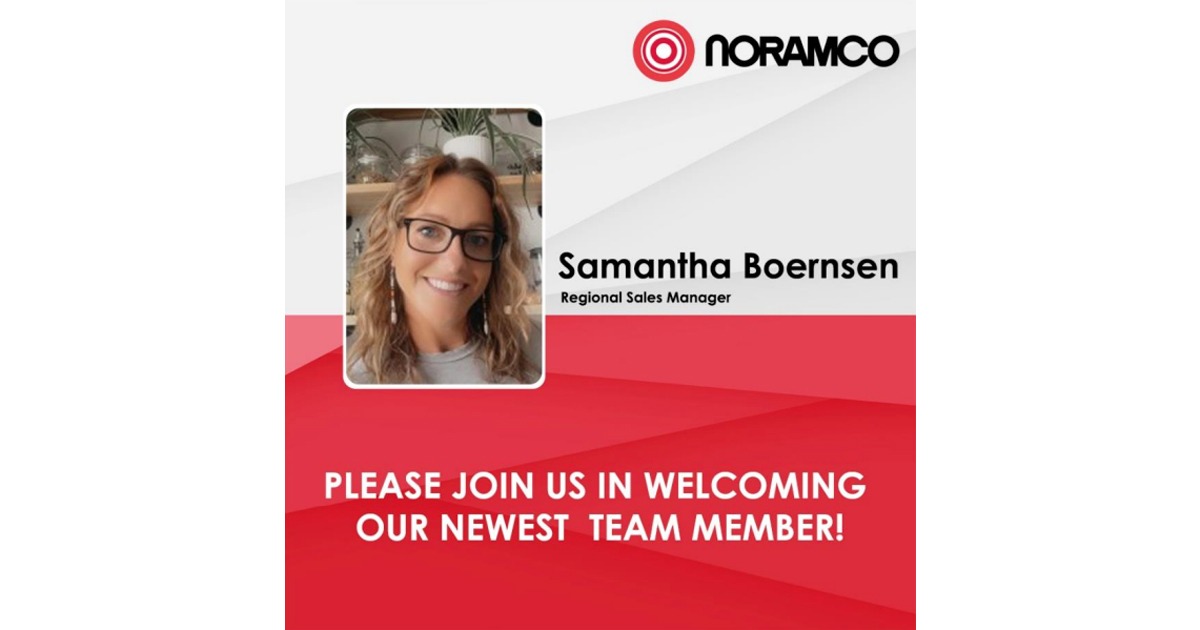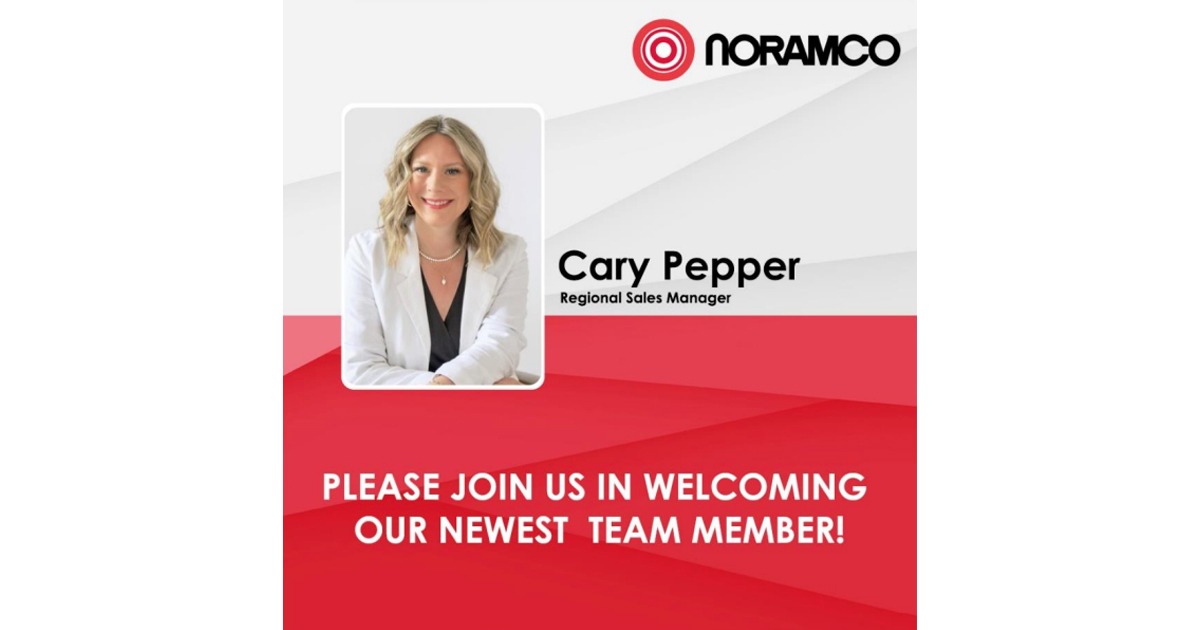The Monster that Devoured Profits — The Cost-Plus Story
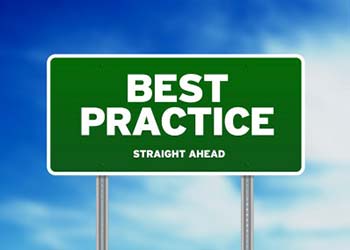
The distribution business has a beast looming in the back of the closet. It lurks in your inside sales group, thrives in your sales department, and sucks the life blood from your bottom line. What is this savage? It’s the practice of cost-plus pricing. Every industry has one. For the electrical wholesaler, it’s cost plus 20. For others, it’s cost plus 10, 20, 25 or 30%.
As an industry we have talked about cost-plus pricing for decades, yet it manages to survive. If your organization doesn’t have a clear-cut process for pricing, it’s still hiding in the deep recesses of your company. And, it needs to be killed before it kills you.
Here’s how it works. A customer calls in and asks one of your employees for price and availability on a product. Somehow, someway they believe the “system price” shown on the computer is too high, inaccurate, not supported, or non-stock. The employee quickly looks up your cost and then the monster appears. Instead of measuring the cost of ordering, freight, logistics and all the other value we provide as distributors, the employee just goes cost plus 20.
In our own research, many of these cost plus 20 orders actually turn into cost plus nothing. This is especially true when we think about non-stock items where freight or special handling is required. In our work, we see literally hundreds of occurrences of profit potential being given away. And, worse yet, often negative revenue is produced. We’ll cover this phenomenon some other time, but for now let’s just look at profit potential.
Candid conversations with our manufacturing partners indicate there’s a problem with giving distributors “really hot” into stock pricing. Why? Because some untrained inside sales guy can screw up a whole market by using their favourite cost-up number. The option for really meaningful margin gains flies out the door, because the distributor’s own people allow the monster to dominate their thinking. Still not convinced? What if I told you last week we spoke to a company president who “bribes” her IT person to add 15% to the cost of a line where she had negotiated a really great price level. It’s been nearly two years and not a single salesperson has complained — and her business is growing.
I know what many of you are thinking: it doesn’t happen here. Put your own organization to the test. Sort the last week’s customer invoices and look for common gross margin percentages. I would be willing to bet a shiny new “loonie” that you will discover a whole string of orders with margins of 10, 15 or 20%. In many instances it will be the same guy in the quotes department or inside sales group who has gotten in the habit of assigning 20% to far too many orders. The question you need to begin asking is, why?
We already said, sometimes this type of pricing is applied because the computer price isn’t accurate. Other times the product is a non-stock and your people are too busy to find the right price. Regardless of why, the real question is how much money are you willing to toss because it happens? We recommend a process. Measuring the process gives you an opportunity to review and re-educate your people. Ask, why 20% instead of 21.3, 23.25 or 24.75%. Customers don’t think about cost-plus for products. The market didn’t somehow form around this cost-plus monster. We created it. The only people with access to our costs work inside our own business.
Build a process
A process gives an opportunity to uncover some of the issues lying a below the surface. When employees know management cares, they go a little further to determine the right price. The right price equates to more bottom line profits.
Here are some steps to driving a wooden stake squarely into the monster that devours profits:
1) Inspect your current situation. Look for instances of even digit cost-plus pricing. Sort them by customer, by salesperson, by customer service rep, by product line. Nothing beats data for understanding your real situation
2) Reeducate your staff. Cost-plus pricing is a decades old practice. Talk about the importance of understanding value with your whole team. Coach individuals when you see even digit cost-plus margin percentages
3) Fix computer issues. Has your computer pricing gone to purgatory? Identify lines with issues and fix them
4) Tighten up pricing authority. If everyone has the ability to reset price levels, evaluate their skill sets. I believe one person per branch should be the “go-to” for all pricing authority
5) Establish a procedure for price adjustment. The term czar seems to be in vogue. Why not jump on the bandwagon and name your own “pricing czar”? Establish a plan for everyone to bring their pricing issues to a single person
Tools for building pricing strategies have blossomed in the past few years. For instance, Strategic Pricing Associates of Cleveland, OH has developed tools for pulling data from your system and scientifically evaluating your pricing direction. Their product “bolts” onto your business system and provides real live direction to your process.
Is all of this worth the effort?
David Bauders, who leads the Strategic Pricing organization, has gone on record stating the process developed by his organization can add 2-4 margin points to your business in 90 days, and he has a number of distributors who back up his claims. Let’s calculate the payback. If you are a $100 million organization and you get just a 2-point improvement, this works out to a cool couple of million bucks.
If you have questions about how any of this works, get in touch. We have seen the monster. We can help.
Frank Hurtte, Founding Partner of River Heights Consulting, packs straight talk and 28 years of experience in the electrical wholesaling industry into his work. He speaks, writes and consults with distributors and their supply partners. He can be reached at frank@riverheightsconsulting.com

